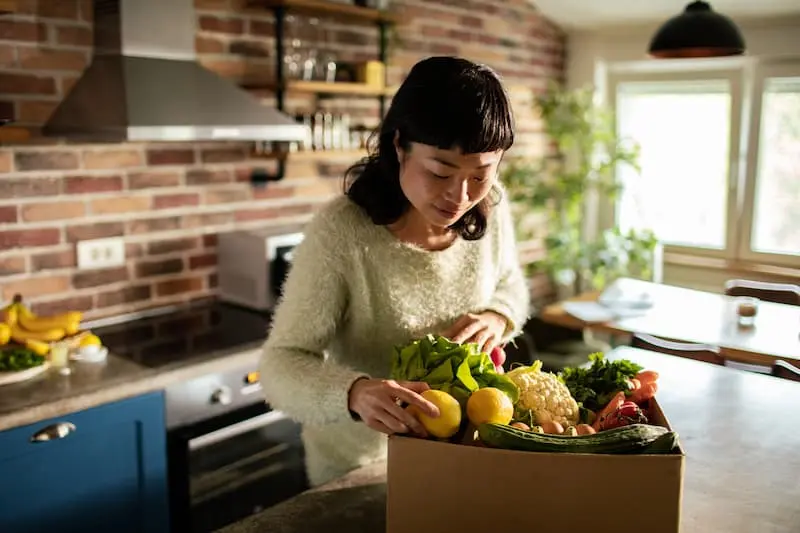Over 70% of industry experts—including designers, remodelers, and kitchen and bath specifiers—agree that demand for sustainability in kitchen and bath design will increase in the next two years. As homeowners and buyers become more aware of sustainable design, 54% believe it will become a “must-have” in the future, according to the 2024 National Kitchen & Bath Association (NKBA) Sustainability Report.
In the past two years, demand for sustainability in kitchen and bath design has risen, the report finds. Fifty-two percent of respondents cite the increase in demand for sustainable kitchen design and 47% for sustainable bathroom design. Millennials lead the consumer segment for being most interested in sustainable design for both kitchens (63%) and bathrooms (60%).
While experts agree there is room for significant growth for sustainability in the kitchen and bath industry, sustainable features can be found in the majority of new kitchens and baths. Experts say LED lighting is one of the most popular sustainable features, with 81% noting this element in kitchens and 75% in bathrooms.
Products that are water-conserving (55%), VOC-free or nontoxic paints and stains (43%), insulated windows and doors (42%), and donating old cabinets (35%) are the top noted sustainable elements for bathrooms among homeowners. In the kitchen, creating storage for recycling (60%), energy-efficient products (59%), insulated windows and doors (46%), and VOC-free or nontoxic paints and stains (46%) are top of mind for homeowners.
The least integrated sustainable products include smart faucets (29% in kitchens and 27% in bathrooms) and recycled content in materials (21% in kitchens and 16% in bathrooms).
In terms of design practices, industry experts say that sourcing nontoxic materials (60%) is most important to homeowners followed by sourcing products that require less energy to run (51%) and sourcing durable products that never need to be replaced (49%). Using domestic products instead of sourcing internationally (48%) was close behind in importance.
According to the report, designers are most familiar with retrofitting existing spaces, sourcing domestically, and recycling and repurposing old materials, and are least familiar with reducing or eliminating greenhouse gas emissions, sourcing materials requiring low energy to produce, and sourcing lightweight materials that reduce transportation impact.
The report notes demand for sustainable design is led by homeowners and industry associations. Yet, designer education and homeowner buy-in are the top barriers to sustainability integration.
This article appeared on Builder Online







